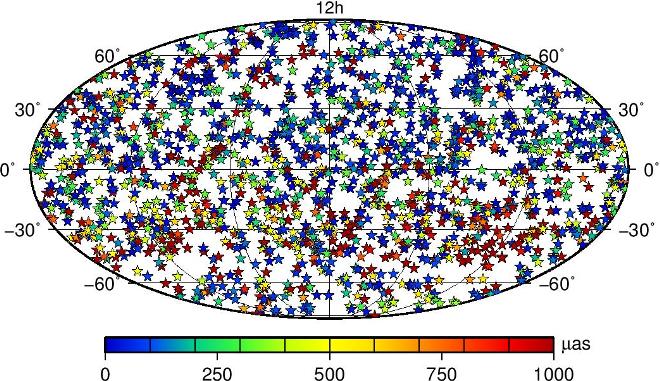The goal of this project is the development of the theoretical background and the practical realization of a combination process for multiple VLBI catalogs. The combination mechanism to be developed permits the propagation of the full variance-covariance information and hence a rigorous combination for the positions of radio sources. Here, it is planned that the input to the combination process may be datum-free normal equation systems or solutions with full covariance information, either as multi-year solutions or as complete series of individual single session results. The currently existing ICRF2 had been computed as a monolithic dual frequency S/X-band (2.3/8.4 GHz) solution from a single analysis center using a single analysis software package. By including source positions in the rigorous VLBI intra-technique combination, this major shortcoming can be solved and improvements can be exploited for the realization of the upcoming ICRF3. Furthermore, it is the aim of the project that at the end the methodology and the software will be available for combining single session X/S-band analysis results with that of Ka/X-band for the final generation of the ICRF-3 catalog. This will then help to produce an enhanced frequency coverage compared to the ICRF2. With this project an innovative technological and methodological development will be achieved, which conduces to the maintenance and refinement of the celestial and terrestrial reference frames as well as to the determination of the linking Earth orientation parameters.

Generated GSFC catalog based on single-session normal equation systems. Standard deviation in declination.